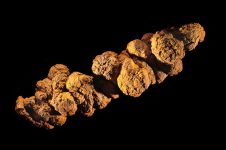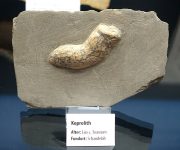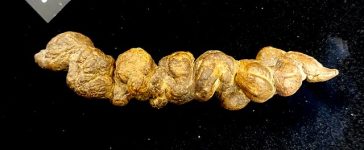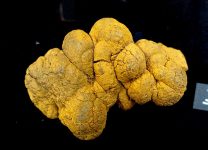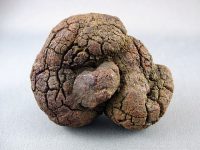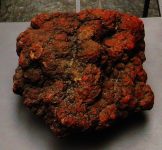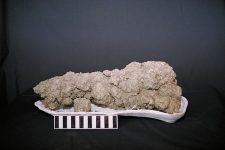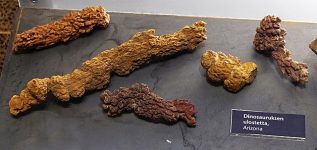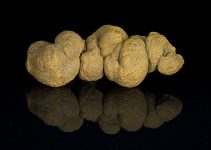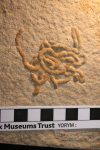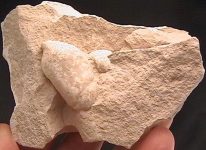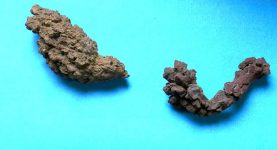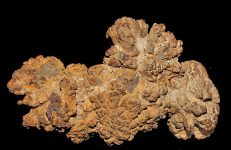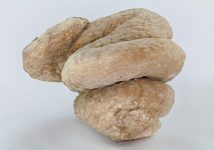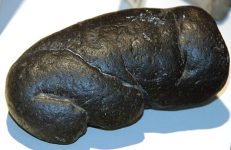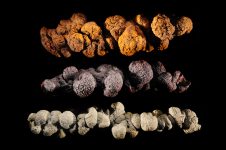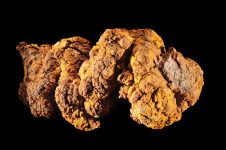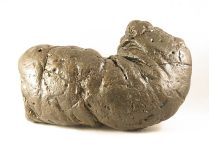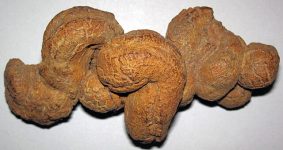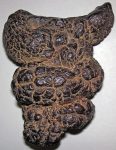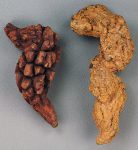coprolite
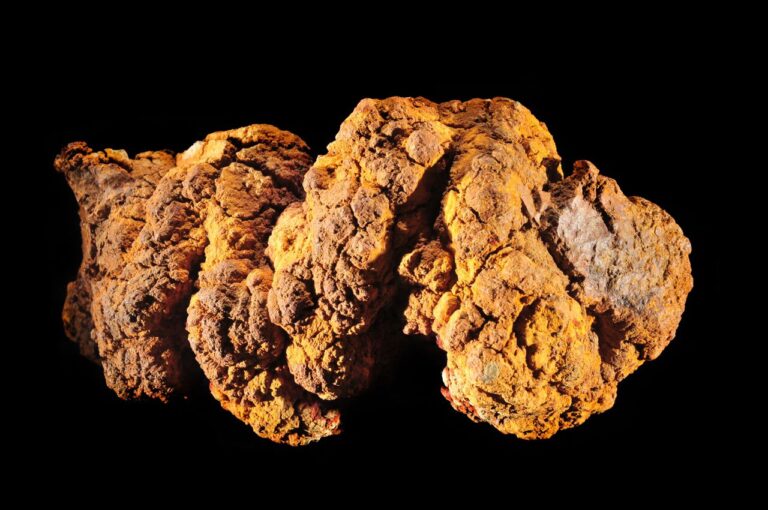
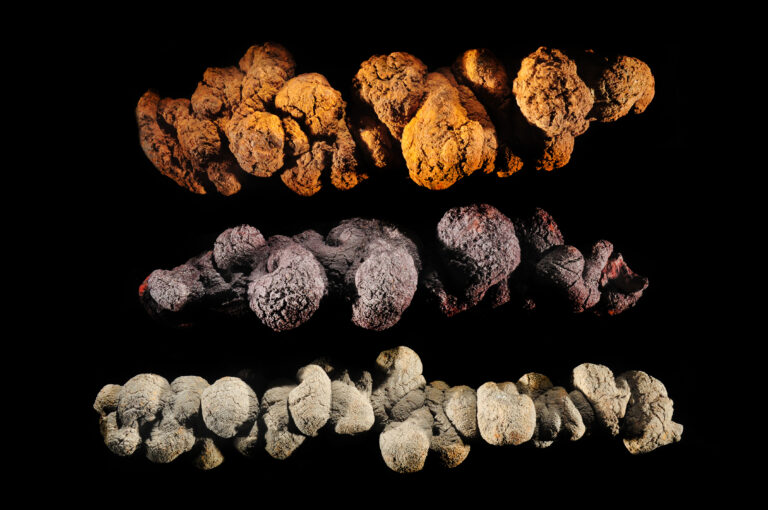
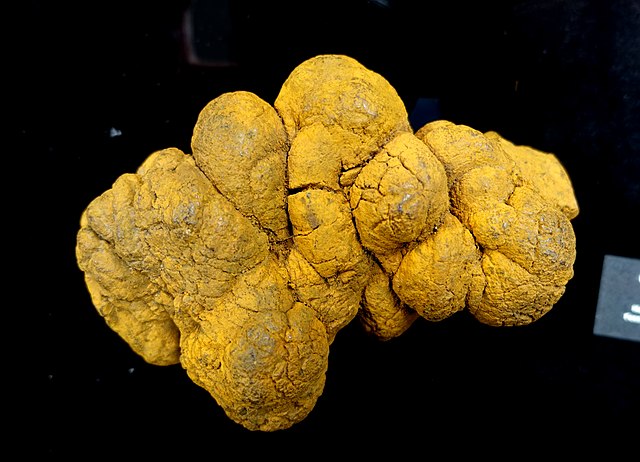
Coprolite
Coprolites are fossilized remains of fecal matter produced by animals in ancient times. These preserved excremental deposits provide unique and often surprising insights into the diets, behaviors, and ecological interactions of organisms that lived millions of years ago. Studying coprolites has become an integral part of paleontology and has shed light on various aspects of ancient life and environments.
Formation and Preservation
Coprolites form through a process called lithification, where organic matter in feces is replaced by minerals over geological time scales. The fossilization process can occur under specific conditions where fecal material is buried quickly and protected from physical disturbance and decomposition. Over time, minerals such as calcium phosphate or silica infiltrate the fecal mass, preserving its structure and content as a fossil.
Types of Coprolites
Coprolites come in a variety of shapes, sizes, and compositions depending on the organism that produced them and the conditions under which they were fossilized. Some coprolites are well-preserved and retain detailed impressions of food particles, bones, or other organic remains, providing direct evidence of an animal’s diet. Others may contain parasites or microbial remains, offering insights into ancient disease ecology and interactions between organisms.
Paleoecological Insights
Coprolites are valuable tools for reconstructing ancient food webs and ecosystems. By analyzing the contents of coprolites, paleontologists can identify the types of plants and animals consumed by extinct organisms. This information helps researchers understand dietary preferences, feeding behaviors, and trophic interactions within ancient food chains.
For example, coprolites from carnivorous dinosaurs often contain bone fragments or scales of their prey, providing direct evidence of predation and scavenging behaviors. Herbivorous coprolites may contain plant tissues or pollen grains, offering clues about the vegetation and environmental conditions in which these animals lived.
Cultural and Archaeological Significance
Coprolites have cultural significance beyond scientific research. In archaeological contexts, coprolites provide insights into the diets and lifestyles of ancient human populations. Analysis of human coprolites can reveal dietary habits, consumption of medicinal plants, and even evidence of ancient diseases or parasites.
In some cases, coprolites have been instrumental in understanding the diets and interactions of early humans with their environment, contributing to our knowledge of prehistoric cultures and agricultural practices.
Methods of Analysis
Modern scientific techniques have revolutionized the study of coprolites, allowing researchers to extract detailed information from these fossilized deposits. Methods such as microscopy, chemical analysis, stable isotope analysis, and DNA sequencing can be used to identify food remains, microbial communities, and genetic material preserved within coprolites.
These analytical tools provide a multidisciplinary approach to studying coprolites, offering insights into the biochemical composition of ancient diets, the presence of pathogens or symbiotic organisms, and the environmental conditions in which ancient organisms lived.
Conservation and Preservation
Preserving coprolite-bearing sites is crucial for future research and understanding of ancient ecosystems. Archaeological and paleontological sites containing coprolites are often protected to prevent disturbance and ensure the integrity of fossil deposits. Conservation efforts focus on safeguarding these unique records of ancient life and ecosystems for scientific study and public education.
